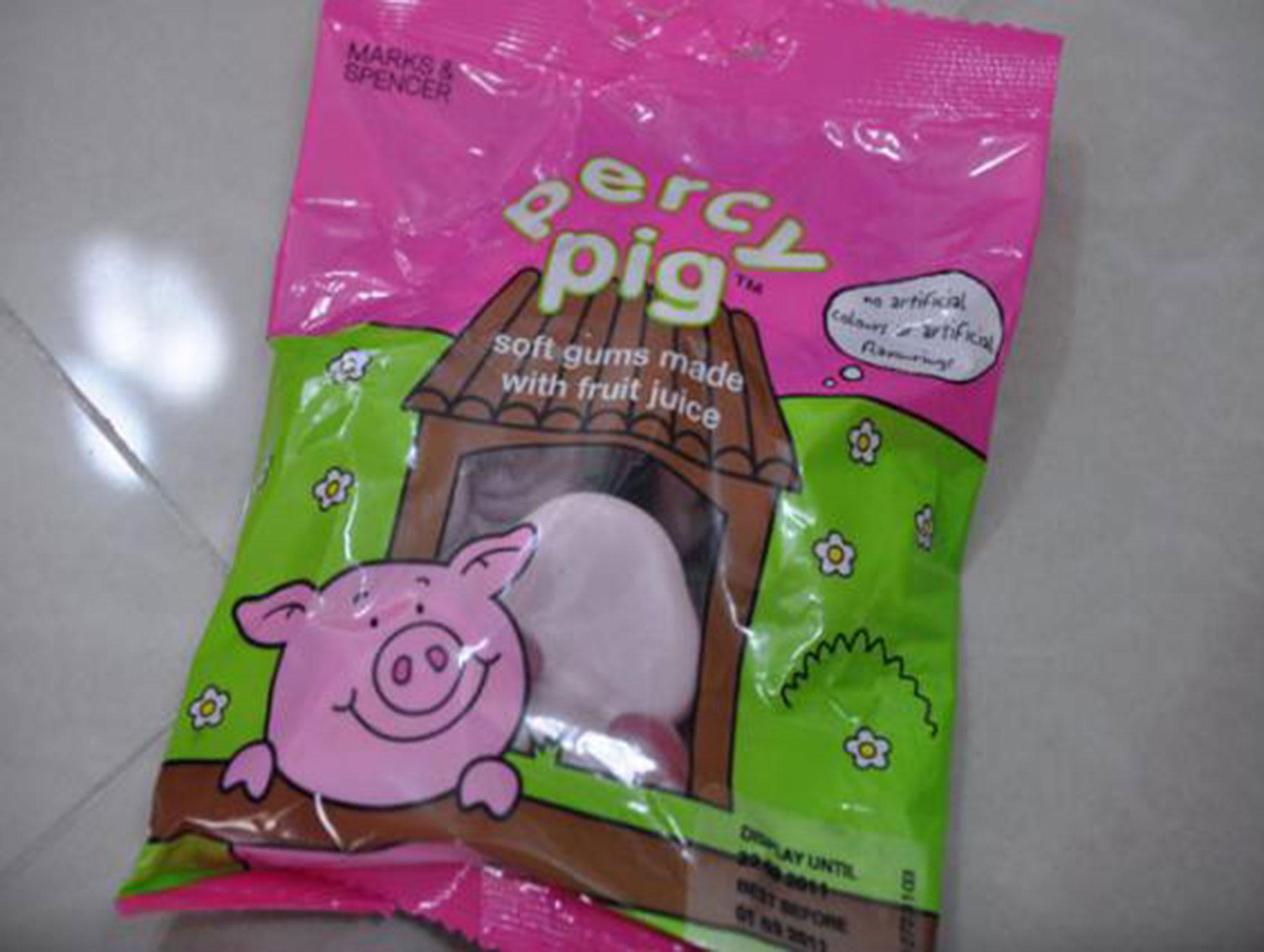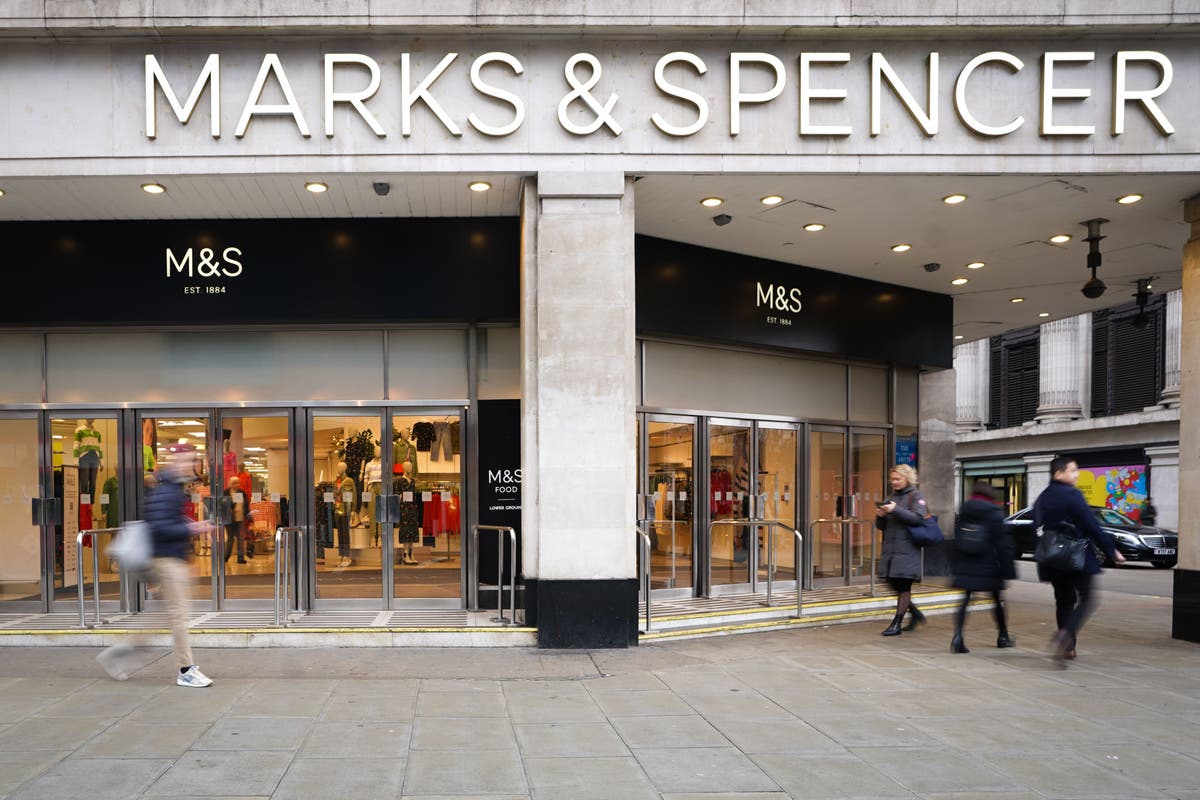Britons’ attitudes to supermarkets are perhaps as complex and confusing as our antiquated class system. Where you choose to do your weekly shop says as much about you as the car you drive, clothes you wear and whether you say “loo” or “toilet”. I didn’t come up with these rules, you understand – but I’ve always been aware they were there.
Growing up, I implicitly knew, without anyone ever having to explain it to me, that my mum’s grocery affiliations – Sainsbury’s for the big shop, Waitrose for “bits” – put us solidly in the “middle-class” bracket. Our loyalty to the orange-branded purveyor was unwavering and beyond question. Even when I got a teenage gig as a checkout girl at the sprawling Tesco off the dual carriageway, with an enticing discount to match, there was never any suggestion that we might switch allegiance.
Everyone knew that people who did their entire shop at Waitrose were a cut above. People who did regular food shops at Marks & Spencer, however, were part of a different social strata altogether. There’s a reason that author Helen Fielding, in the original Bridget Jones books, conveyed Mark Darcy’s rich, posh credentials via his incredulity at how “cheap” a food shop at M&S was. Buying the occasional packet of chocolate-covered Brazil nuts or tub of cream cheese-stuffed bell peppers from there was one thing, stacking up gastropub-range ready meals, fancy oven pizzas and mini kievs quite another. The very idea!
But now, the world we once knew and understood has been turned on its head. According to newly released figures from NIQ, a third of UK households are buying groceries from the bougie retail chain, which attracted 800,000 new customers in the last month alone. With 33 per cent of us now buying at least some food and drink there, M&S’s total share of the UK market has leapt up from 3.4 to 3.7 per cent year on year. Of course, it’s got nothing on the biggest supermarket’s share – Tesco holds around 27 per cent – but it’s still an impressive growth spurt.
This latest upturn in fortunes has come off the back of improving the “quality” of certain products, such as slashing the shelf-life of its sandwiches from three days to two, and pushing to upgrade 1,000 of its items in store. “Quality, quality, quality is the most important thing,” Alex Freudmann, M&S Food’s managing director, told The Telegraph. Ascribing the brand’s success to constant innovation, he added: “The UK retail sector is so competitive that everyone’s always trying to copy us and catch us up. It is our job to keep reinvesting to maintain that gap every year.”
In big cities, clearly the stratospheric rise of the M&S food hall is at least partly down to the lunchtime office crowd. Amid the ever-rising prices of Pret, Leon, Itsu et al, Marks has become an unexpected “budget” option that feels a significant step up from a Tesco meal deal. Yet, lest you think that this flourishing is just down to a few more commuters grabbing a cocktail in a can for the train home or a slight rise in hastily purchased Colin the Caterpillar cakes for forgotten colleagues’ birthdays on lunch breaks, the data suggests otherwise. Statistics compiled by Kantar a few weeks ago namechecked M&S as the nation’s fastest-growing supermarket, with sales up 12.4 per cent in the 12 weeks to October, and analysts put this down to more of us doing an honest-to-goodness weekly shop there – not just indulging in an extra bag of Percy Pigs at the checkout.
The timing of M&S being embraced by the man and woman on the street in its transition from aspirational to everyday is, on the face of it, curious. Yes, the cost of living crisis may finally be easing – inflation fell to 1.7 per cent in September 2024, down from a 40-year high of 11.1 per cent in October 2022 when at its peak – but the vast majority of Brits are still very much feeling its effects.

Energy bills went up again in October 2024, meaning that households are paying an average of £149 more a year. House prices increased by 2.8 per cent in the 12 months to August 2024, while the average private rent increased by 8.4 per cent in the year to September. And that’s not to mention food, our starting point: thanks to foodflation, which finally settled back down to 1.8 per cent in August (after reaching dizzying highs of 19.2 per cent in October 2022), shoppers are paying around a quarter more for a basket of groceries than they were in April two years ago.
The upshot of all this was, in the 2022-23 financial year, the largest drop in living standards since ONS records began in the 1950s.
How do you explain the M&S effect, then, if we’re feeling the pinch? For one thing, despite the deeply deluxe image, the retailer announced it was slashing the price of 200 products last October and a further 65 at the beginning of this year. These were largely everyday staples from the brand’s Remarksable Value range: think baked beans, rice and instant coffee. Last Christmas, Instagram influencer This Mum Cooks even found that M&S beat Aldi on price for certain items. The latter was charging 18p per banana, while M&S’s price of 99p per kilogram equated to 12-13p per fruit; large onions cost 50p at Aldi compared to Marks and Sparks’ saintly 25p.
Make no mistake, the chain is still up there as one of the country’s priciest supermarkets. But according to Rest Less’s monthly price comparison for an average shop of essentials, it only costs 15p more than Waitrose, and is in fact 30p cheaper than Co-op.
Everyone knew that people who did their entire shop at Waitrose were a cut above. People who did regular food shops at Marks & Spencer, however, were part of a different social strata altogether
Convenience, too, can’t be ignored. In central London, you can barely swing a cat without hitting a food hall: they’re in every train station and on every main street, offering a hyper-locality that’s hard to beat when you need to pick up some last-minute ingredients on the way home. Plus there’s now home delivery via Ocado for those who don’t want the hassle of leaving the house, a service that’s only been available since 2020.
And then there’s the other explanation, the one that sees a certain demographic entering into the reluctant role of what could be called “Champagne paupers”. Money is too tight to save for the big things of life: houses, cars, new kitchens and holidays. Life’s smaller pleasures, though – pancetta and prosecco crisps, say, or blood-orange margaritas in a tin – might still feel within reach. A phenomenon that’s sometimes called the “lipstick effect” (coined by Estée Lauder chairman Leonard Lauder after he noticed a surge in lipstick purchases in the wake of 9/11) – or could more generally be described as an “indulgence index” – refers to an uptick in the sale of small luxuries during times of economic hardship.
“During difficult economic times, consumers are on the lookout for products that can give them a taste of luxury without breaking the bank,” says Francesca Smith, senior consumer lifestyles analyst at Mintel. “This manifests in different ways across a range of categories, but there’s always a strong emotional drive behind these purchases, whether that’s providing a much-needed mood boost, escapism from daily stresses or some light-hearted fun.” And there’s arguably little that can rival a tub of mini rocky roads, salt and black pepper combo mix crisps, or cookie dough bites for boosting the mood.
So perhaps it’s time to forget everything we thought we knew about our supermarket choices and what they say about us. And, as we collectively slide into the red while scoffing a selection of tempura prawns, dinky pork cocktail sausages and passion star martinis, at least we can say with confidence: this isn’t just debt. This is M&S debt.

